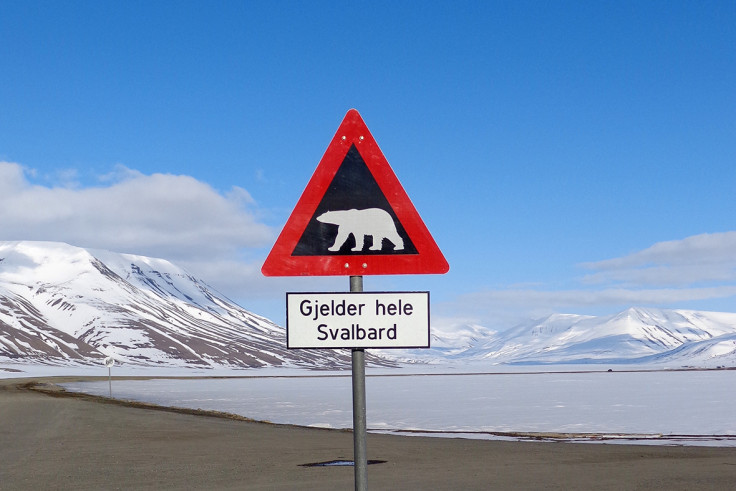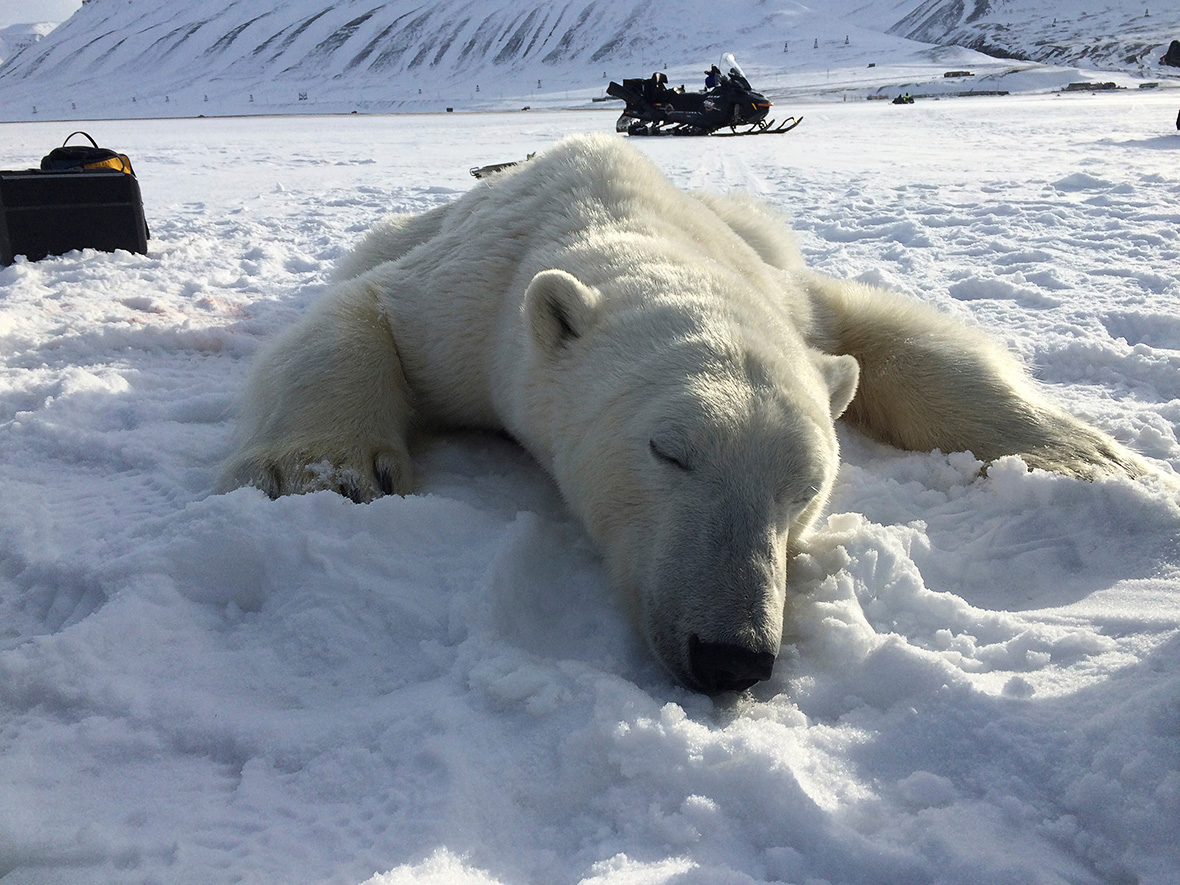Tourism increase leads to polar bears being shot dead in the Arctic
Polar bears are a protected species and shooting them is allowed only for self-defence and as a last resort.
More and more polar bears are being shot dead on Norway's remote Arctic islands, as they come into increasing contact with people, due to an increased number of tourists and a reduction in the sea ice on which the creatures roam. Halfway between the northern tip of Europe and the North Pole, the Svalbard archipelago of snow-capped mountains and glaciers are home to 2,654 people and 975 polar bears, according to a 2015 tally by the Norwegian Polar Institute.

Polar bears are a protected species and shooting them is allowed only for self-defence and as a last resort. Outside Svalbard's main settlements, people are obliged by law to carry the means to scare the animals away or defend themselves, with authorities recommending they take a gun. According to Vidar Arnesen, a chief police inspector for the governor of Svalbard, four polar bears have been shot so far in 2016 whereas normally one or two would be shot every year. He said this was the result of more contact between humans and the animals.
In April, police sedated a three-year-old male sighted in the main town on Spitsbergen island, Longyearbyen, and flew him out by helicopter to a more isolated spot. The same month, a group of four Finnish tourists shot a polar bear in self-defence. They were not fined, as police said they followed proper procedure – to group together and make noise to try and frighten away the animal from at least 200 metres, and only to fire if there is a risk of death or injury to humans.


In June, a trapper preparing for the winter was fined 20,000 Krone (about £1,900, $2,470) when he shot a female polar bear in violation of the rules. He mistakenly loaded his rifle with live ammunition instead of rubber bullets when trying to scare her away. Her cub was later euthanised as it would have not survived alone. Police are currently investigating an incident in August in which a two-year-old female was shot dead near a camp of Russian scientists on a research trip.
Polar bears rarely kill people: the most recent victim was a British teenager who died while camping on the ice in 2011. In 2015, a Czech tourist visiting for a solar eclipse suffered slight injuries when a polar bear ripped open his tent. The animal was shot dead.


Svalbard is experiencing a tourism boom: visitor nights on the archipelago hit 18,000 in the month of July, up 14% year-on-year. The University Centre in Svalbard now hosts around 800 students a year, a doubling in five years, which increases the number of research expeditions.





For locals, living with polar bears involves routine precautions. At the Ny-Alesund research station, the northernmost civilian settlement in the world at 79 degrees north, the 70-plus scientists and support staff leave the front door of every house unlocked so that people can seek refuge if needed.
Residents at Ny-Alesund have sighted six or seven polar bears this summer. On one occasion, the animal swam out of the sea and walked within a few dozen metres of the settlement before disappearing.




Around the Arctic, there are an estimated 26,000 polar bears, according to a "Red List" of threatened species by the International Union for Conservation of Nature, which also highlights the threat to the species from retreating sea ice. Marco Lambertini, director-general of World Wildlife Fund International, told Reuters the shrinking area of sea ice available to the polar bears was contributing to the problem.
© Copyright IBTimes 2024. All rights reserved.







